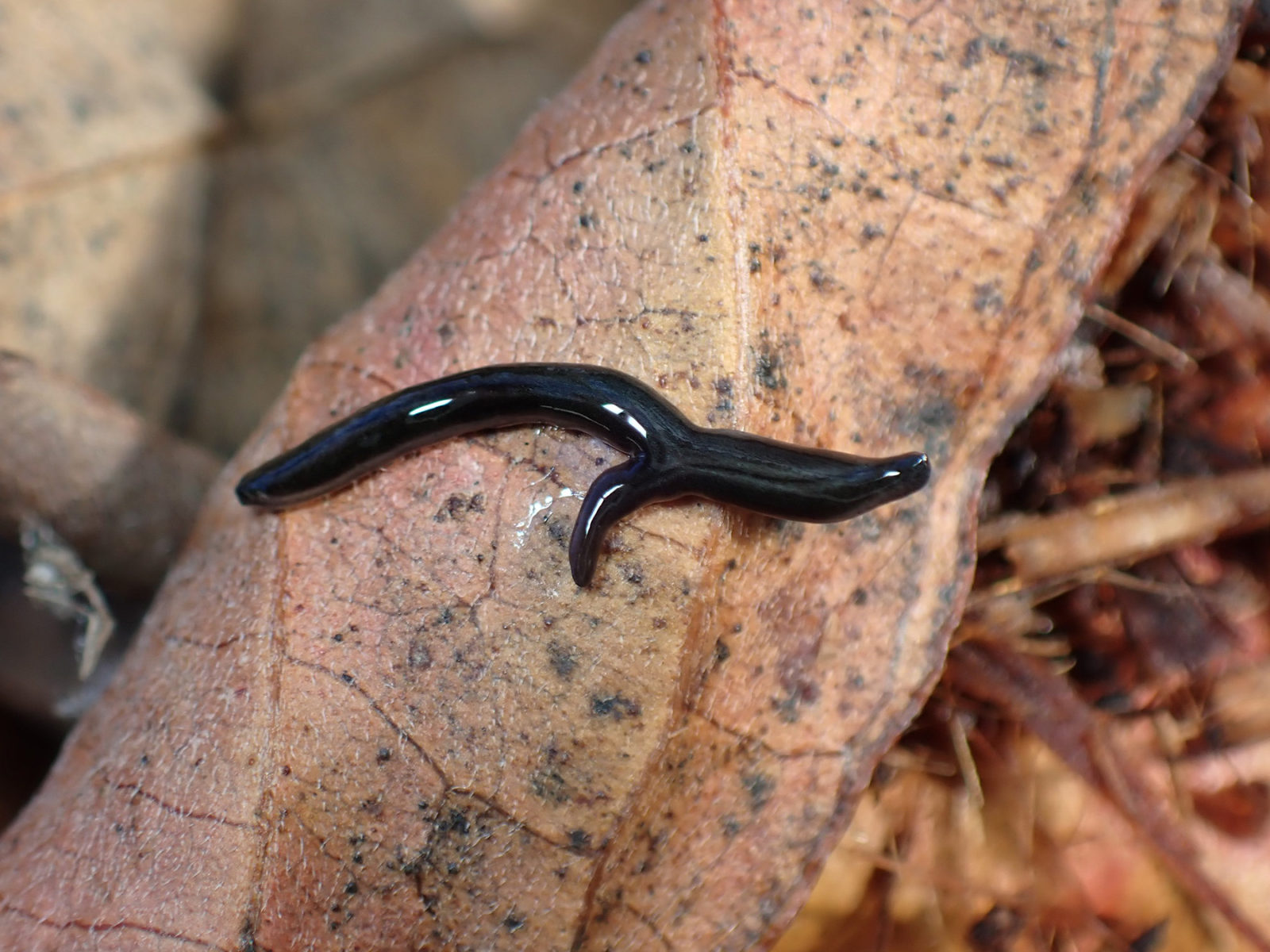
Planaria, known for their remarkable regenerative abilities, are fascinating creatures that have captured the interest of scientists and curious minds alike. These flatworms, belonging to the phylum Platyhelminthes, have a unique biological makeup that allows them to regenerate lost body parts and even grow into complete organisms from just a fragment of their original form. Their extraordinary regenerative capabilities have made them a subject of extensive scientific research, shedding light on the mechanisms of tissue regeneration and providing valuable insights into the field of regenerative medicine. In this article, we will delve into 11 intriguing facts about planaria, uncovering the secrets behind their regenerative powers, their diverse habitats, and their significance in scientific studies. Join us on this captivating journey as we unravel the mysteries of these remarkable creatures and gain a deeper understanding of their role in the natural world and scientific exploration.
Key Takeaways:
- Planaria are incredible creatures that can regenerate from tiny body fragments and have a unique triangular head with eyespots. They thrive in freshwater environments and play a crucial role in scientific research.
- These fascinating flatworms exhibit photophobic behavior, have a simple digestive system, and are hermaphroditic organisms. They are popular for educational purposes and continue to inspire scientific inquiry worldwide.
Planaria are masters of regeneration.
These fascinating creatures have the astonishing ability to regenerate from just a tiny fragment of their body. Even when sliced into 279 pieces, each section can grow into a fully functional new worm.
They possess a remarkable triangular head.
Planaria are characterized by their distinct triangular head, which houses a pair of eyespots that enable them to detect changes in light intensity. These eyespots contribute to their photophobic behavior, causing them to seek darker environments.
Planaria exhibit a unique feeding behavior.
Using their muscular pharynx, these flatworms feed on smaller organisms such as protozoa, tiny crustaceans, and even other planaria. Their feeding process involves extending their pharynx through their mouth to engulf prey.
They thrive in freshwater environments.
Planaria are predominantly found in freshwater bodies such as ponds, rivers, and streams. Their ability to withstand a wide range of temperatures and water conditions allows them to thrive in diverse aquatic habitats.
Planaria possess a decentralized nervous system.
Unlike more complex organisms, planaria have a decentralized nervous system, meaning that their nerve cells are distributed throughout their body. This unique feature enables them to exhibit remarkable regenerative and behavioral capabilities.
They play a crucial role in scientific research.
Due to their remarkable regenerative abilities and relatively simple anatomy, planaria have become valuable subjects for scientific studies. Researchers study these flatworms to gain insights into tissue regeneration and stem cell biology.
Planaria can be asexual reproducers.
In addition to their regenerative prowess, planaria can also reproduce asexually through a process called fission. During this remarkable process, the worm splits into two separate entities, each regenerating the missing body parts to become independent organisms.
They exhibit phototactic behavior.
Planaria display phototactic behavior, meaning they have a natural response to light. They tend to avoid brightly lit areas due to their light-sensitive eyespots, which help them navigate their environment and seek shelter.
Planaria have a simple digestive system.
Their digestive system consists of a mouth, pharynx, and gastrovascular cavity, allowing them to consume and digest their prey. This uncomplicated system reflects the relatively simple yet efficient nature of these remarkable creatures.
They are hermaphroditic organisms.
Planaria possess both male and female reproductive organs, allowing them to engage in cross-fertilization. During reproduction, two planaria exchange sperm, fertilizing each other's eggs and eventually producing offspring.
Planaria are fascinating subjects for educational purposes.
Due to their unique characteristics and ease of maintenance, planaria have become popular organisms for educational demonstrations and experiments in biology classes. They provide valuable insights into regeneration, behavior, and basic biological concepts.
Planaria, with their extraordinary regenerative abilities and intriguing behaviors, continue to inspire scientific inquiry and captivate the imagination of nature enthusiasts worldwide. These remarkable flatworms serve as a testament to the wondrous diversity of life on our planet.
Conclusion
In conclusion, Planaria are fascinating creatures that have captured the curiosity of scientists and nature enthusiasts for centuries. Their remarkable regenerative abilities, unique biology, and diverse habitats make them a subject of great interest in the field of biology. As we continue to unravel the mysteries of these extraordinary flatworms, we gain valuable insights into regeneration, stem cell biology, and evolutionary history. The study of Planaria not only contributes to our understanding of fundamental biological processes but also holds potential for advancements in regenerative medicine and biotechnology. With ongoing research shedding light on their intricate biology, Planaria are poised to remain a captivating subject of scientific inquiry for years to come.
FAQs
What makes Planaria unique?Planaria are unique due to their exceptional regenerative abilities, allowing them to regenerate complete organisms from tiny body fragments. This remarkable trait has made them a valuable model for studying regeneration and stem cell biology.
Where can Planaria be found in the wild?Planaria are commonly found in freshwater environments, such as ponds, streams, and rivers, where they thrive in moist habitats. They are often found in the vicinity of decaying organic matter, which serves as a food source for these fascinating flatworms.
Was this page helpful?
Our commitment to delivering trustworthy and engaging content is at the heart of what we do. Each fact on our site is contributed by real users like you, bringing a wealth of diverse insights and information. To ensure the highest standards of accuracy and reliability, our dedicated editors meticulously review each submission. This process guarantees that the facts we share are not only fascinating but also credible. Trust in our commitment to quality and authenticity as you explore and learn with us.
